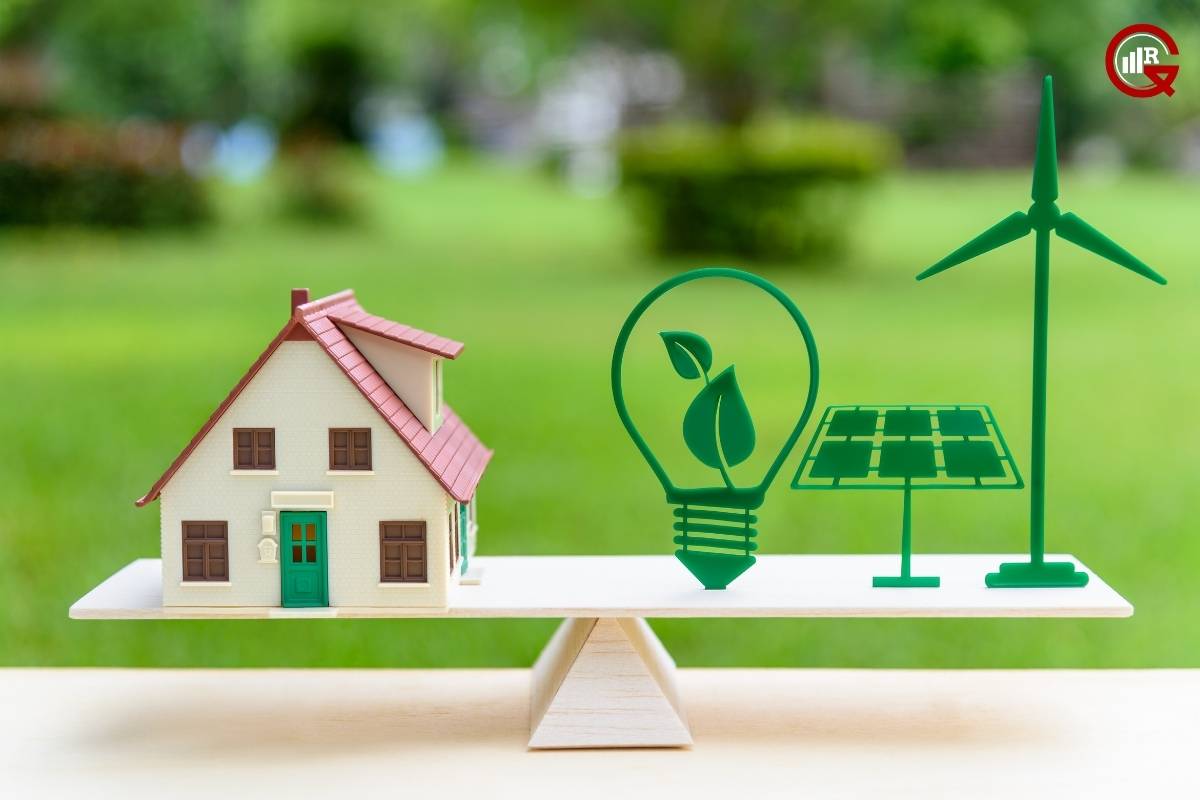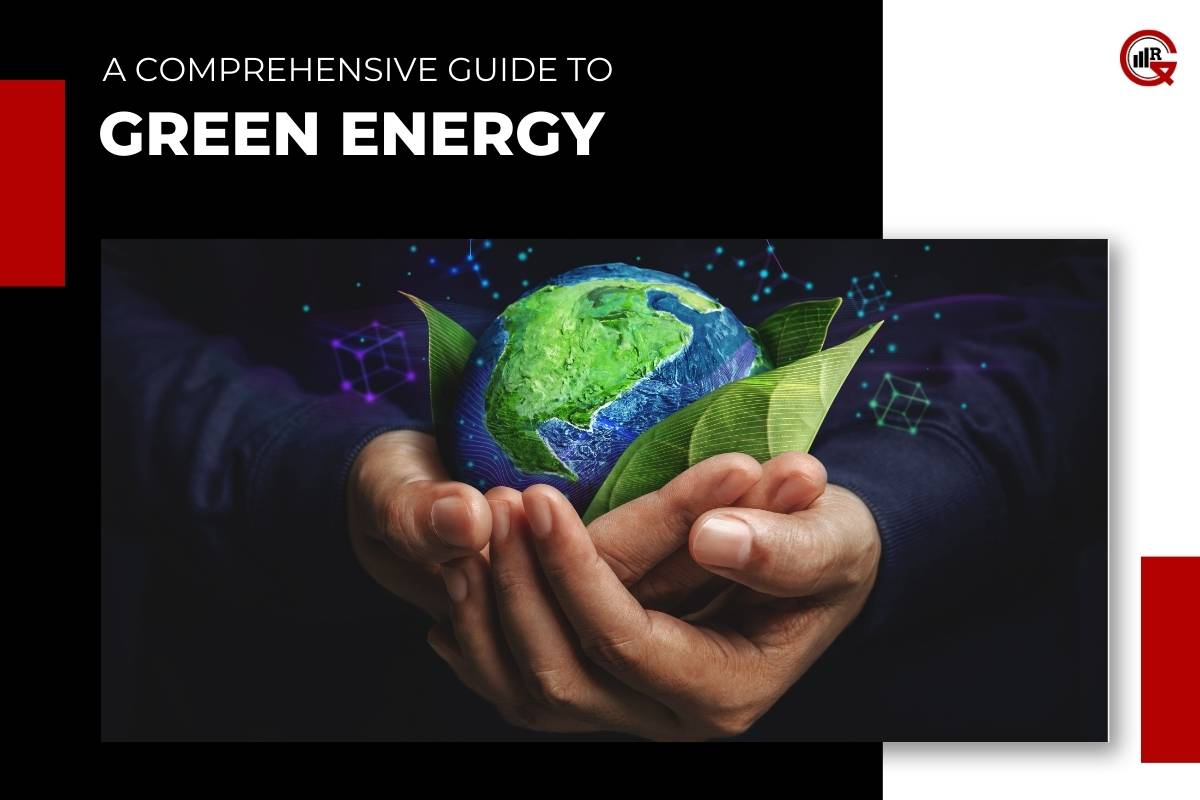In an era marked by environmental consciousness and sustainable living, the quest for clean, renewable energy sources has never been more urgent. Green energy, also known as renewable energy, offers a promising solution to mitigate climate change, reduce reliance on fossil fuels, and create a more sustainable future for generations to come. In this comprehensive guide, we delve into the concept of green energy, exploring its various forms, benefits, challenges, and the role it plays in shaping our energy landscape.
Understanding Green Energy
It refers to energy derived from naturally replenished resources that are environmentally friendly and have minimal impact on the planet. Unlike fossil fuels, which emit greenhouse gases and contribute to air pollution and climate change, green energy sources harness the power of natural elements such as sunlight, wind, water, and biomass to generate electricity and heat. These renewable resources are abundant and inexhaustible, and offer a cleaner alternative to conventional energy sources.
Types of Green Energy

Solar Energy: Solar energy is perhaps the most abundant and widely accessible form of energy. It involves harnessing sunlight using photovoltaic (PV) cells or solar thermal collectors to generate electricity or heat. Solar panels installed on rooftops, solar farms, and concentrated solar power (CSP) plants are examples of solar energy technologies that provide clean, sustainable power for homes, businesses, and communities.
Wind Energy: Wind energy harnesses the kinetic energy of the wind to generate electricity through wind turbines. These turbines, typically mounted on tall towers, capture the wind’s energy and convert it into rotational motion, which drives generators to produce electricity. Wind farms located on land and offshore are key contributors to the global wind energy capacity, providing a reliable source of clean power in windy regions.
Hydropower: Hydropower, also known as hydroelectric power, utilizes the energy of flowing water to generate electricity. It involves building dams or diverting river flows to capture the energy of falling or flowing water and convert it into electrical energy through turbines and generators. Hydropower plants range from large-scale dams and reservoirs to small-scale run-of-river installations, providing a flexible and renewable source of electricity.
Biomass Energy: Biomass energy is derived from organic materials such as wood, agricultural residues, and municipal solid waste. These biomass feedstocks are burned or converted into biogas through processes such as anaerobic digestion or gasification to produce heat, electricity, or biofuels. Biomass energy offers a sustainable alternative to fossil fuels and helps reduce greenhouse gas emissions by utilizing organic waste materials.
Geothermal Energy: Geothermal energy taps into the heat stored beneath the Earth’s surface to generate electricity and heat buildings. Geothermal power plants use steam or hot water from geothermal reservoirs to drive turbines and produce electricity, while geothermal heat pumps utilize the stable temperature of the ground for heating and cooling applications in homes and buildings. Geothermal energy is a reliable and environmentally friendly source of power, particularly in regions with high geothermal activity.
Benefits of Green Energy

Environmental Sustainability: Theseenergy sources produce minimal greenhouse gas emissions and pollution, making them environmentally sustainable alternatives to fossil fuels. By reducing reliance on coal, oil, and natural gas, green energy helps mitigate climate change, protect air quality, and preserve natural ecosystems.
Energy Security: Unlike finite fossil fuels, energy sources such as sunlight, wind, and water are abundant and widely distributed, reducing dependence on imported energy resources and enhancing energy security. By diversifying the energy mix and promoting local energy production contributes to a more resilient and decentralized energy infrastructure.
Economic Growth: The energy transition stimulates economic growth and job creation across various sectors, including renewable energy manufacturing, installation, and maintenance. Investments in renewable energy projects spur innovation, drive down costs, and create opportunities for sustainable development and prosperity.
Public Health Benefits: By reducing air and water pollution associated with fossil fuel combustion, green energy improves public health outcomes and reduces healthcare costs. Cleaner air and water contribute to lower rates of respiratory diseases, cardiovascular problems, and other health issues related to pollution exposure, benefiting communities and societies as a whole.
Energy Access: Such energy technologies offer solutions to expand access to electricity and clean cooking facilities in underserved and remote areas. Off-grid solar systems, mini-grids, and decentralized energy solutions empower communities to meet their energy needs sustainably, bridging the energy access gap and improving quality of life.
Challenges and Opportunities
While green energy holds immense potential, it also faces several challenges and opportunities for advancement:
Intermittency: One of the main challenges of renewable energy sources such as solar and wind is their intermittent nature. Energy storage technologies such as batteries and pumped hydro storage can help mitigate intermittency by storing excess energy generated during periods of high production and releasing it when demand is high.
Grid Integration: Integrating large-scale renewable energy sources into existing electricity grids requires upgrades to infrastructure, grid management systems, and regulatory frameworks. Smart grid technologies, demand response programs, and grid-scale energy storage are essential for optimizing grid stability and reliability in the transition to green energy.
Cost Competitiveness: While the costs of renewable energy technologies have declined significantly in recent years, they still face competition from conventional energy sources in terms of upfront capital investment and levelized cost of electricity (LCOE). Continued research, development, and policy support are needed to drive further cost reductions and enhance the competitiveness of energy.
Resource Availability: The availability of renewable energy resources varies geographically, with some regions having greater potential for solar, wind, or hydropower development than others. Strategic planning, resource assessment, and international cooperation are essential for maximizing the utilization of renewable energy resources and ensuring equitable access to clean energy worldwide.
Policy and Regulation: Policy support and regulatory frameworks play a crucial role in incentivizing investment in energy infrastructure, promoting renewable energy deployment, and phasing out fossil fuel subsidies. Governments, policymakers, and international organizations must enact supportive policies such as feed-in tariffs, renewable energy targets, carbon pricing, and emissions regulations to accelerate the transition to a low-carbon economy.
The Future of Green Energy

As the world strives to address the urgent challenges of climate change and environmental degradation, energy emerges as a beacon of hope and opportunity. The ongoing transition to renewable energy sources represents a paradigm shift in the way we produce, consume and think about energy. With continued innovation, collaboration, and commitment, we can harness the power of energy to create a sustainable future for all. In conclusion, energy holds the key to unlocking a cleaner, more sustainable energy future for the planet.
From harnessing the sun’s rays and harnessing the wind’s power to tapping into the Earth’s geothermal heat and harnessing the energy of flowing water, the possibilities are endless. By embracing green energy technologies, policies, and practices, we can mitigate climate change, promote economic development, improve public health, and foster a more equitable and resilient society. Together, let us embark on the journey towards a greener, brighter tomorrow.






